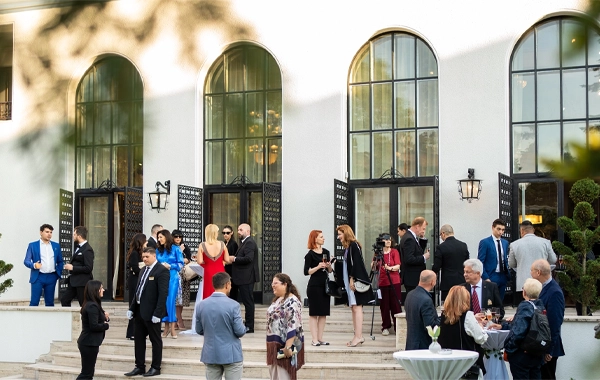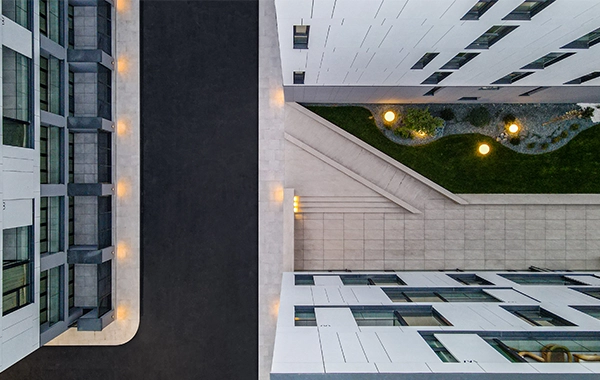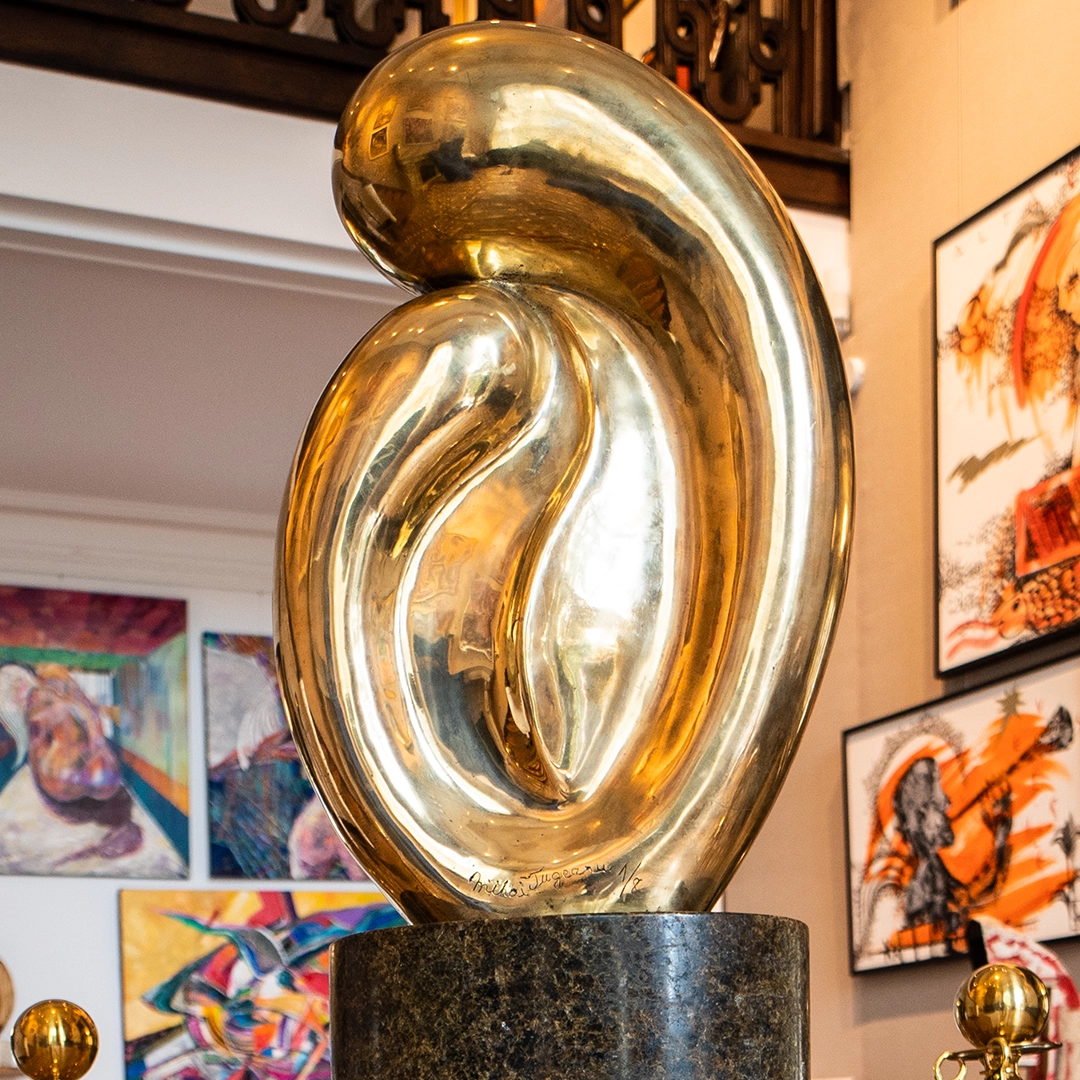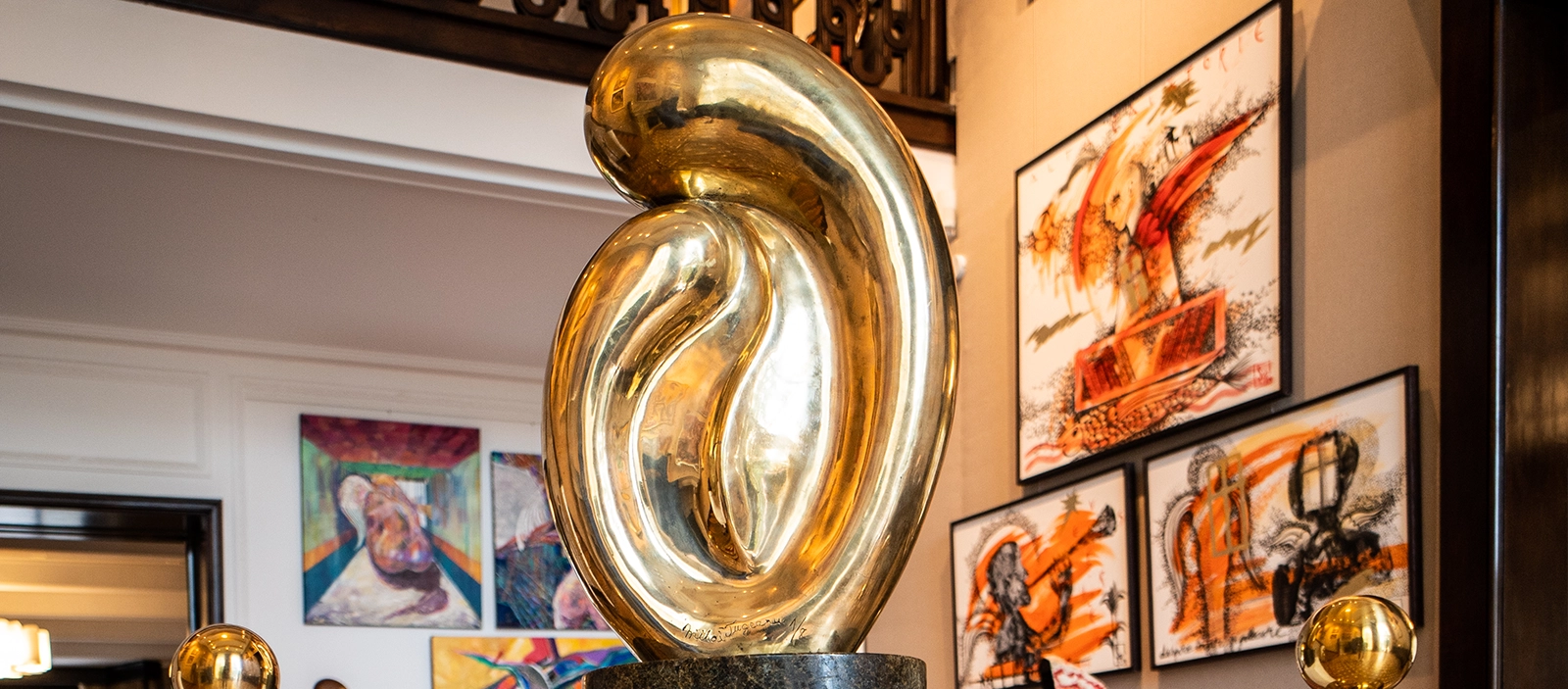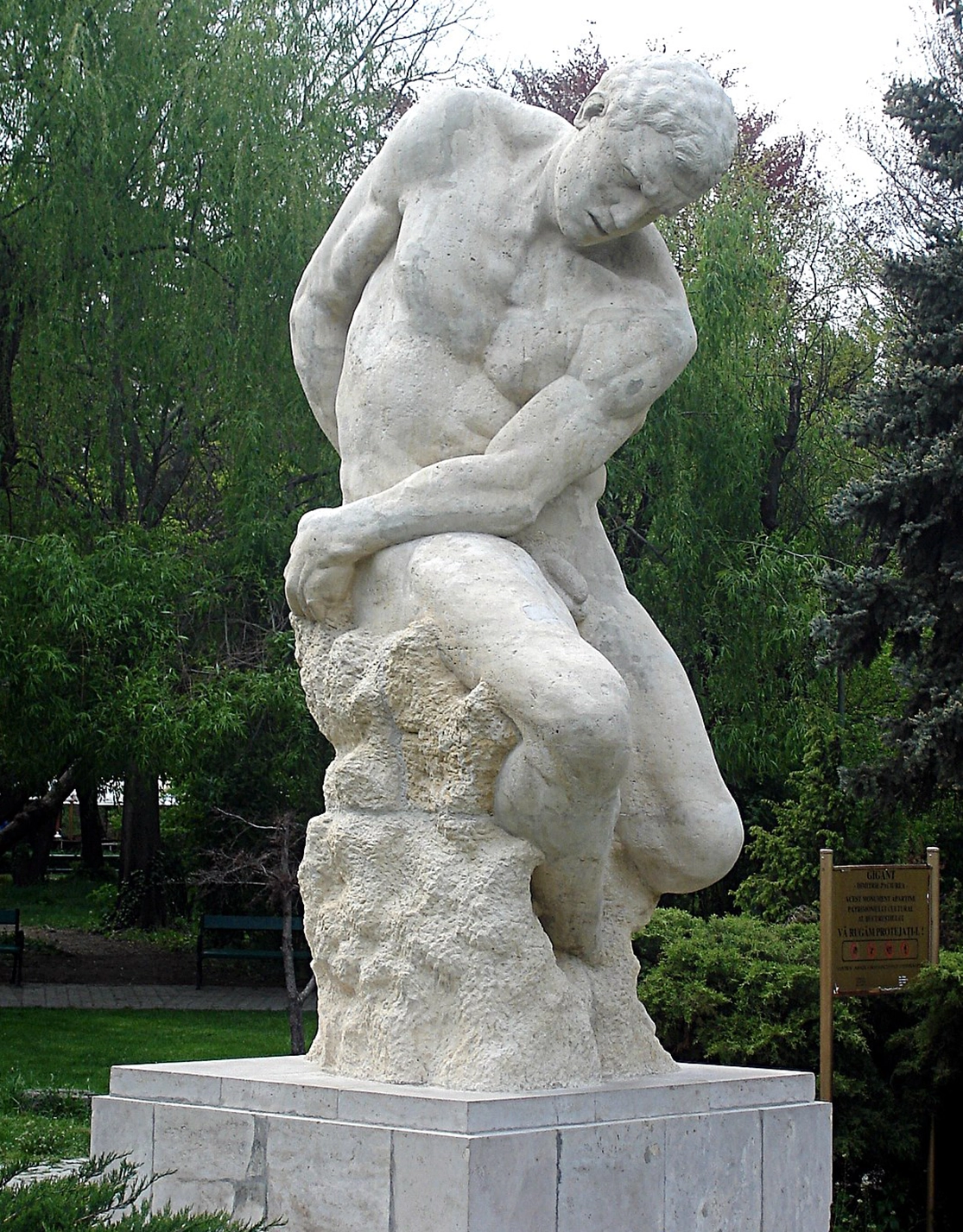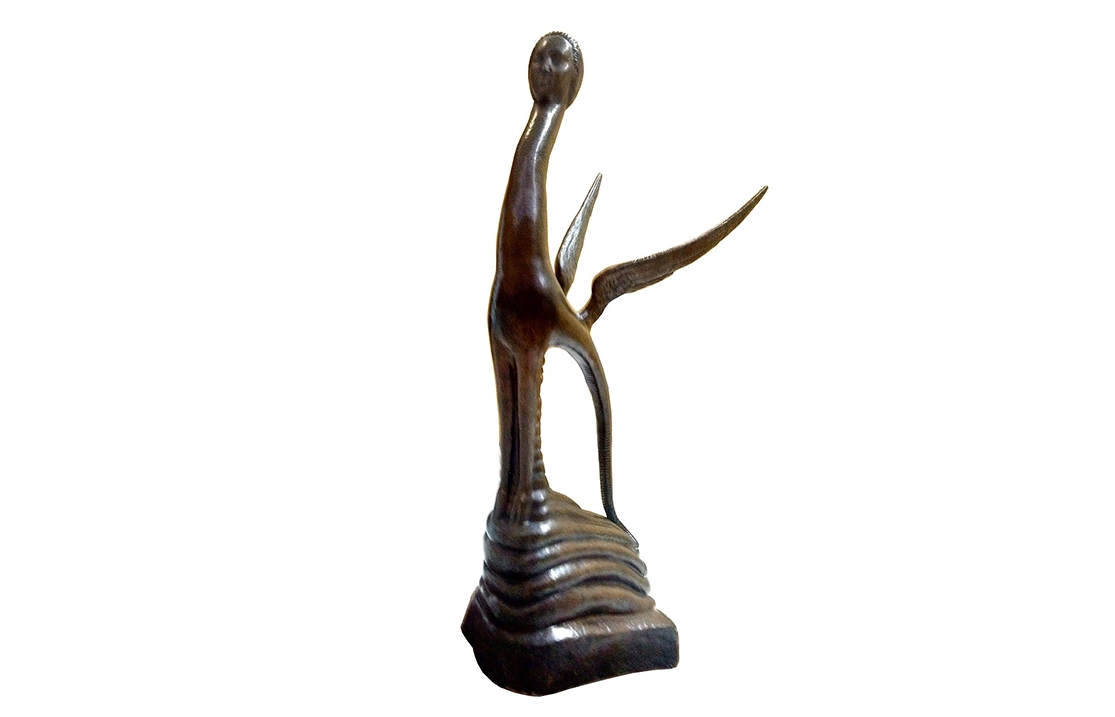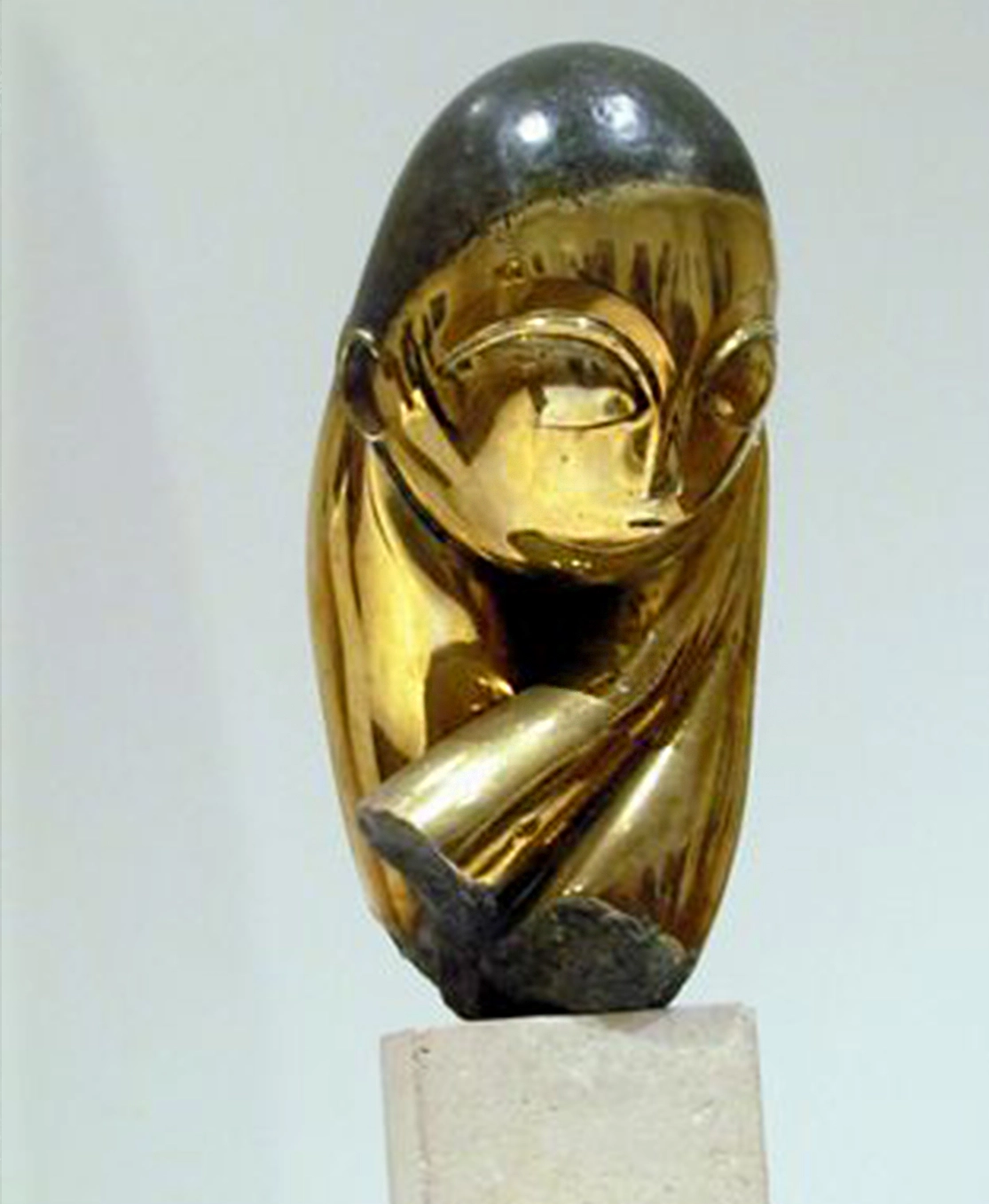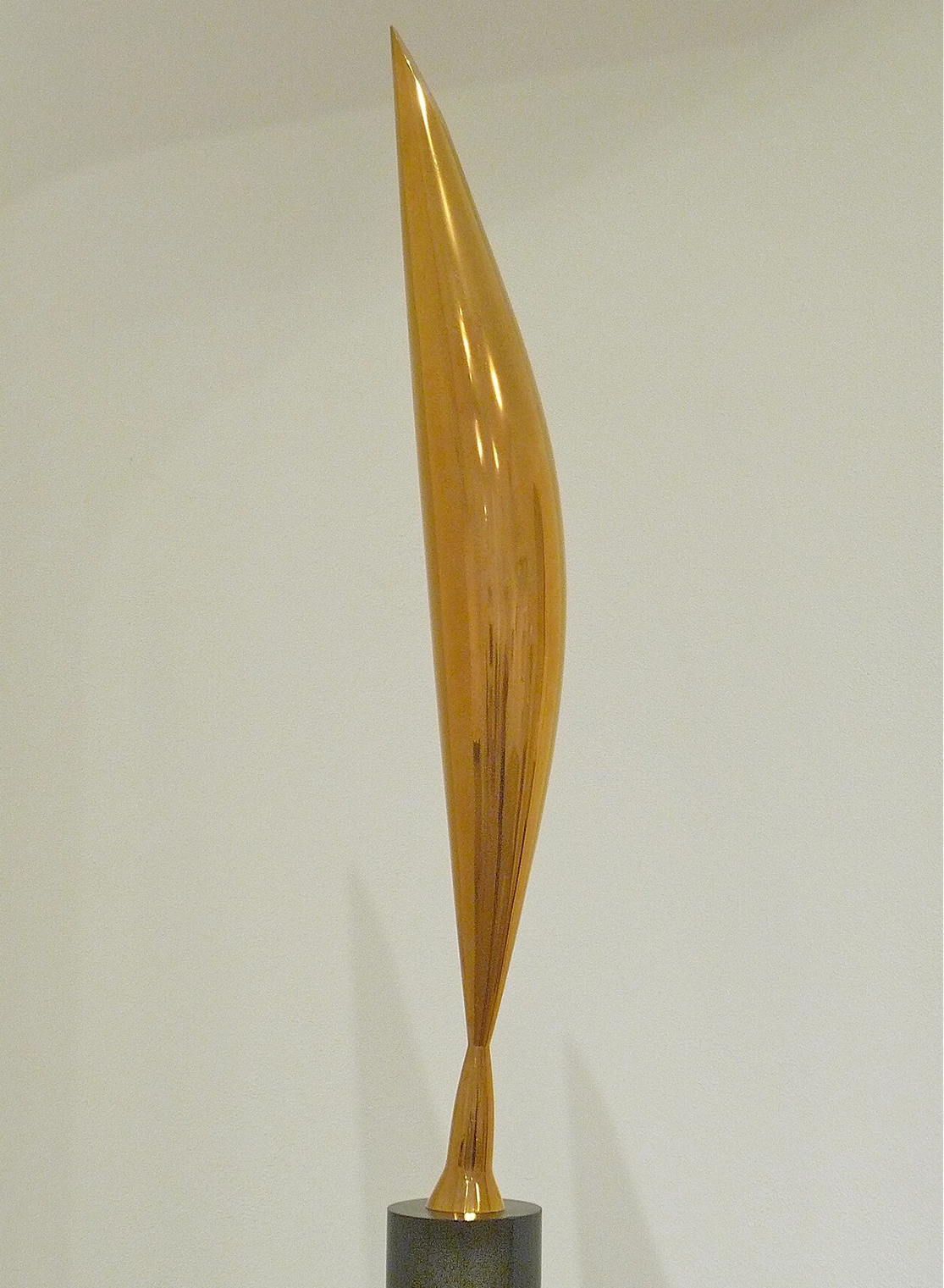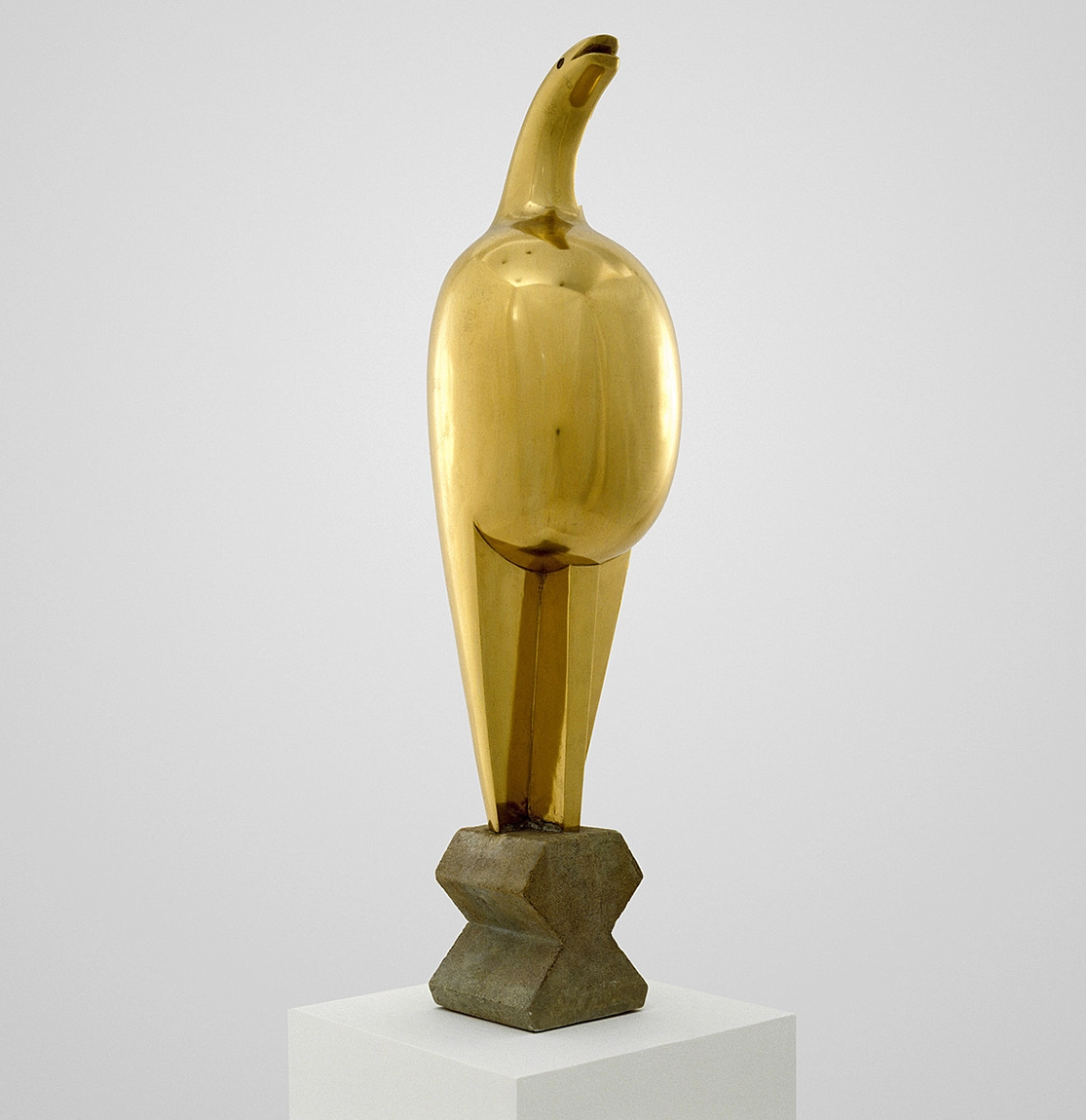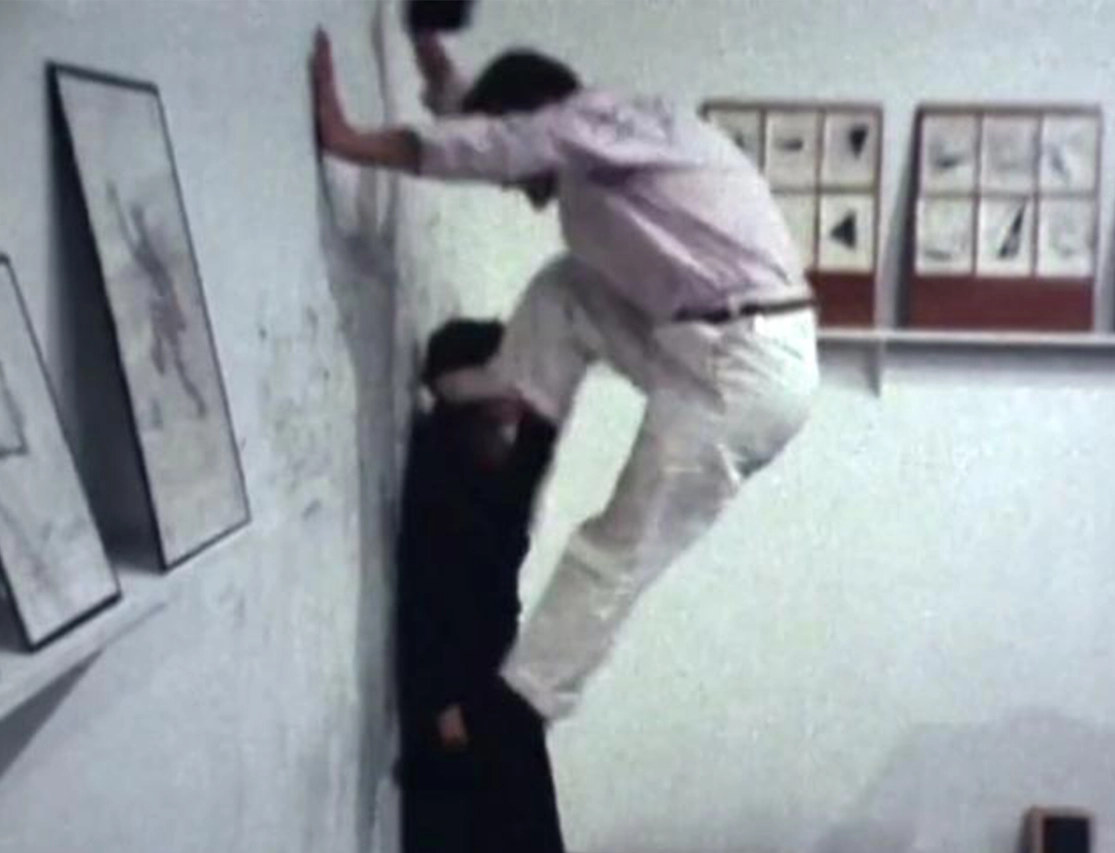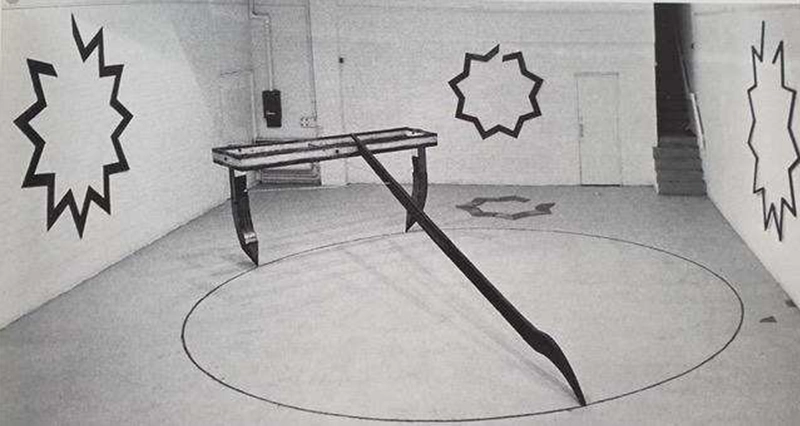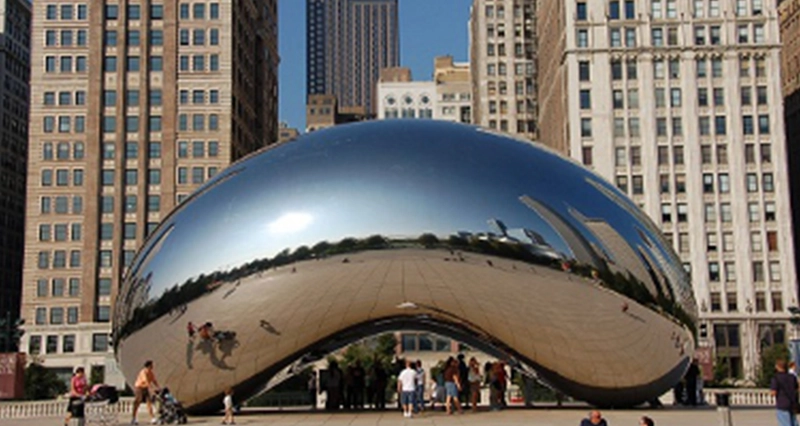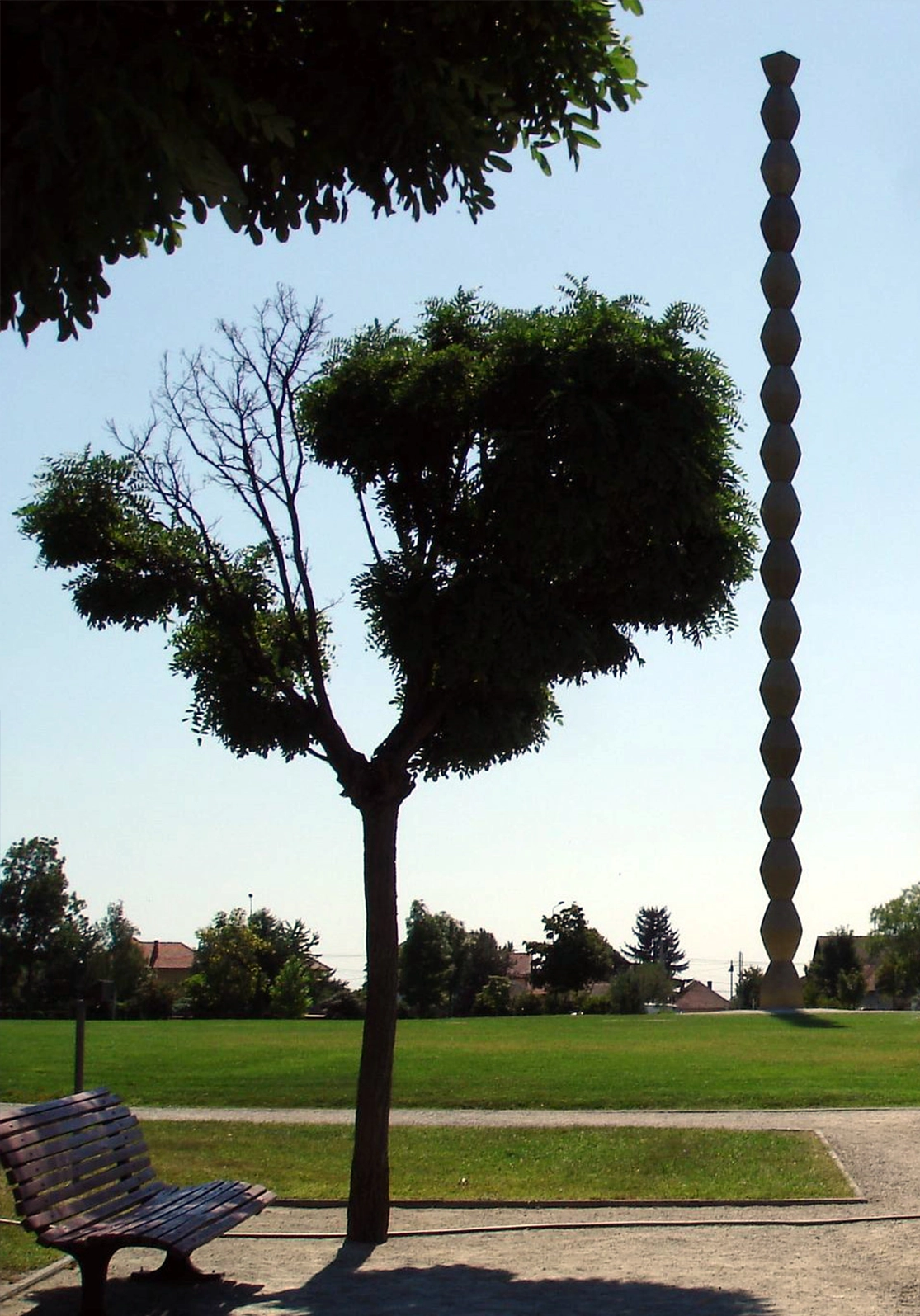If when we talk about painting we are limited by the two-dimensional space that we conquer by building new dimensions, sculpture is the art that does not limit itself to surfaces, conquering space through three-dimensional forms. One of the oldest forms of art, it has represented since prehistory a means through which humans have expressed their vision of the world. Sculptural art has constantly evolved, from votive statues and bas-reliefs to contemporary sculptural installations adapted to new technologies and cultural contexts.
Despite appearances, sculpture is not a purely decorative art or one that relies exclusively on the representation of reality; rather, it is a way of structuring space and bringing abstract concepts into the real, material plane, often revealing universal truths that would otherwise be intangible. Historically speaking, in Antiquity, sculpture was one of the means of glorifying leaders or gods, later evolving towards well-known religious beliefs, where sculpture reached perfected forms that still awe viewers today. Nowadays, contemporary sculpture is a fertile ground for experimentation and representations that impose a reflection on the human condition, an imperative of our times.
When we discuss sculpture, volume is an essential aspect in understanding the works. Regardless of its monumental or miniature aspect, the viewer must relate to the artwork differently than with other visual works, as volumes redefine space and dictate a dynamic relationship between object, light, and shadow. Moreover, sculpture constantly reinvents itself, surpassing its usual materials of stone, bronze, and wood towards new mediums such as plastic, industrial metal, light, or even recycled and recyclable materials.
For Romanians, February is an especially important month when it comes to culture, and particularly sculpture, as it marks the birth of Romania’s most renowned sculptor, Constantin Brâncuși. Within this commemorative context, Brâncuși manages not only to reaffirm the importance of his works in a global setting but also to remind us how sculpture transcends matter, becoming a form of visual thinking and a bridge between past, present, and future. In this journey of forms, we will explore the conceptual universe of three Romanian sculptors who have left a lasting mark on universal culture: Dimitrie Paciurea, Constantin Brâncuși, and Paul Neagu.

